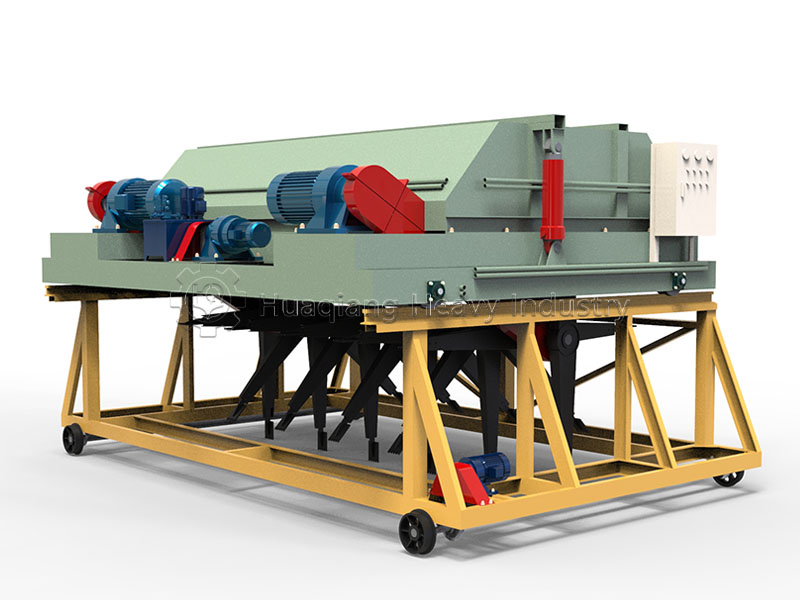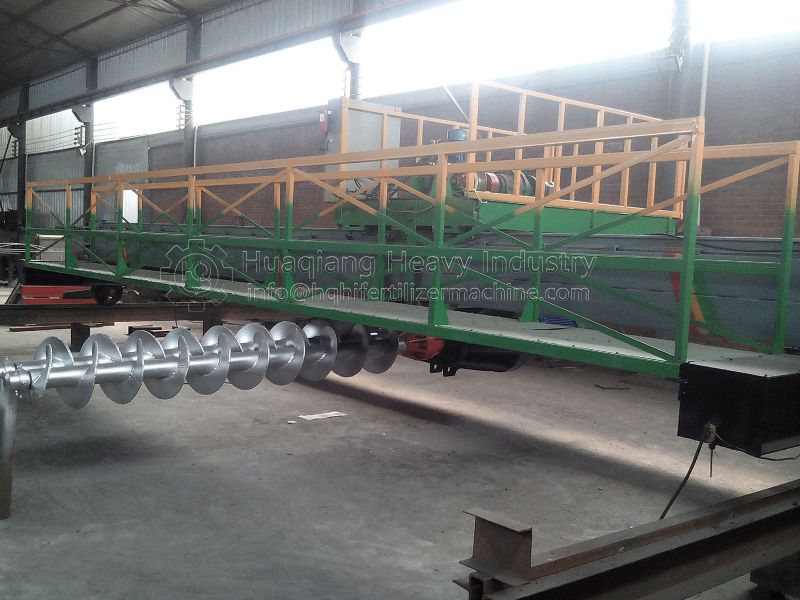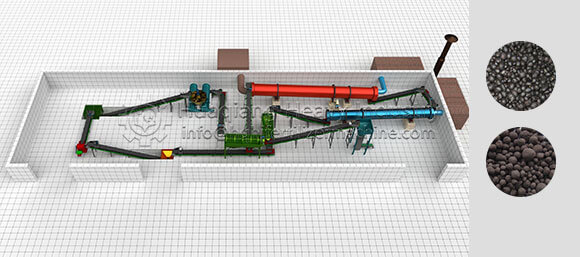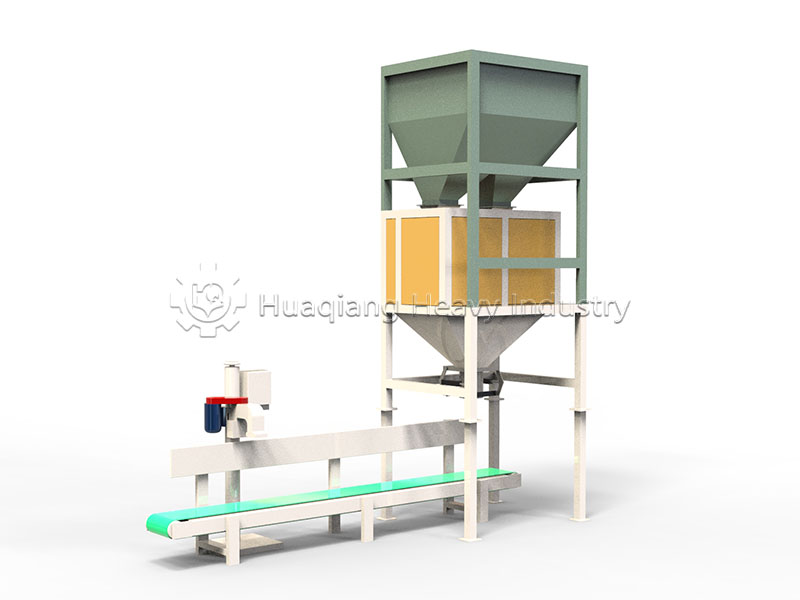Organic fertilizer production line: a recycled resource?
In today’s pursuit of sustainable development, the modern organic fertilizer production line serves as an industrial alchemist, transforming problematic livestock manure and agricultural waste into valuable resources. This sophisticated system integrates advanced NPK fertilizer production technology with organic processing methods, creating a harmonious synergy between ecological responsibility and agricultural efficiency. The transformation begins with specialized equipment like the versatile drum granulator for organic materials and the high-pressure double roller press granulator for NPK formulations, each playing a crucial role in the granulation process. Whether through the specialized organic fertilizer granulator or the precision-engineered NPK fertilizer granulator, these technologies collectively represent our deepest commitment to Mother Earth—turning waste into wealth while nourishing the soil for future generations.
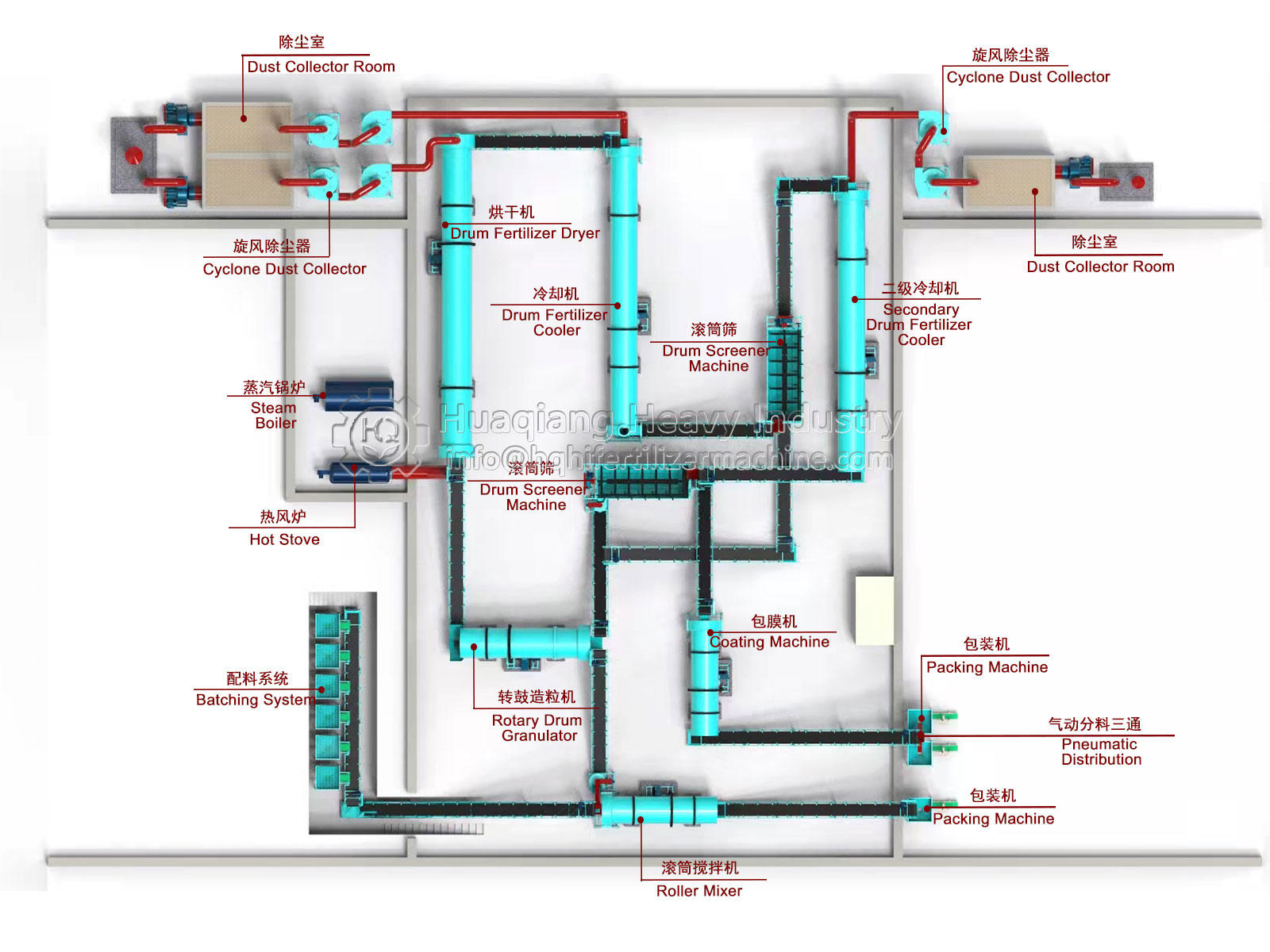
The Magical Transformation Journey
Raw Material Collection
Systematic gathering of livestock manure, straw, and other agricultural wastes lays the foundation for transformation
Fermentation Process
Precision temperature-controlled fermentation eliminates harmful substances while preserving beneficial microorganisms
Granulation
Fermented materials are formed into uniform pellets for easy storage and application
Packaging
After strict quality control, the finished organic fertilizer is ready for the fields
Dual Benefits: Perfect Win-Win for Economy and Environment
Economic Benefits
Transforms waste into high-value products, creates sustainable revenue streams, and reduces waste disposal costs
Environmental Benefits
Effectively reduces greenhouse gas emissions, improves soil structure, and promotes sustainable agriculture
Social Benefits
Creates employment opportunities, drives circular economy development, and supports rural revitalization
Particularly noteworthy is how this production line perfectly embodies the concept that “waste is just resources in the wrong place.” What was once problematic livestock manure has become precious wealth for soil improvement; agricultural straw that used to cause pollution through burning now transforms into nutrient sources for crops.
The Power of Technological Innovation
Modern organic fertilizer production lines integrate technologies from multiple fields including mechanical engineering, biotechnology, and intelligent control. Automated equipment ensures stable production efficiency and product quality, while precision fermentation control systems guarantee fertilizer effectiveness and safety. These technological innovations not only enhance production efficiency but also provide strong support for the standardized development of organic agriculture.
The organic fertilizer production line serves as a bridge connecting past and future, perfectly blending traditional agricultural wisdom with modern technology. In this production line, we see not just technological progress, but also a beautiful vision of harmonious coexistence between humanity and nature. Every input of raw material practices the concept of circular economy; every bag of output contributes to a sustainable future. This represents not only commercial success but also civilizational progress.
